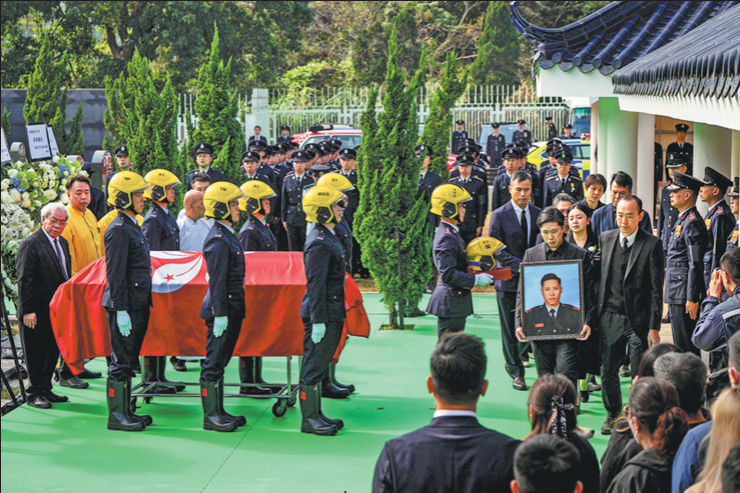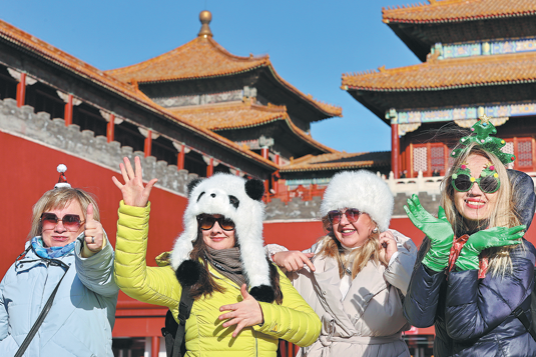Travelers from Europe, not Asia, brought virus to NY area: Researchers
By AI HEPING in New York | chinadaily.com.cn | Updated: 2020-04-09 23:58

Travelers mainly from Europe, not Asia, brought the coronavirus to the New York area by mid-February, weeks before the first confirmed case, according to new research cited on Thursday by The New York Times.
"The majority is clearly European," said Harm van Bakel, a geneticist at Icahn School of Medicine at Mount Sinai, who co-wrote a study awaiting peer review.
US President Donald Trump barred foreign nationals from entering the country on Jan 31 if they had been in China during the prior two weeks.
But it wasn't until late February that Italy started to lock down its whole country, and not until March 11 when Trump said he would block travelers from most European countries. New Yorkers had already been traveling home with the virus, the researchers said.
The research indicates that the coronavirus "came to New York City and environs predominately by untracked transmission between the United States and Europe, with only limited introduction from China, where the virus originated," Dr Viviana Simon of Mount Sinai said in a statement.
The Mount Sinai team analyzed 84 distinct COVID-19 genomes out of 800 confirmed cases treated at the Mount Sinai Health System, the hospital.
"Only one of the 78 cases studied was infected with a virus that was a clear candidate for introduction from Asia, and that virus is most closely related to viral isolates from Seattle, Washington," she said.
The newspaper reported that a similar conclusion on the virus coming from travelers to the US from Europe came from a team at New York University's Grossman School of Medicine despite studying a different group of cases.
Both teams analyzed genomes from coronaviruses taken from New Yorkers starting in mid-March.
The research revealed a previously hidden spread of the virus that might have been detected if aggressive testing programs had been put in place, the newspaper said.
But the United States had problems with making its first diagnostic kits and initially limited testing only to people who had come from China and displayed symptoms of Covid-19.
"It was a disaster that we didn't do testing," Dr Adriana Heguy, a member of the NYU team, told The Times.
























